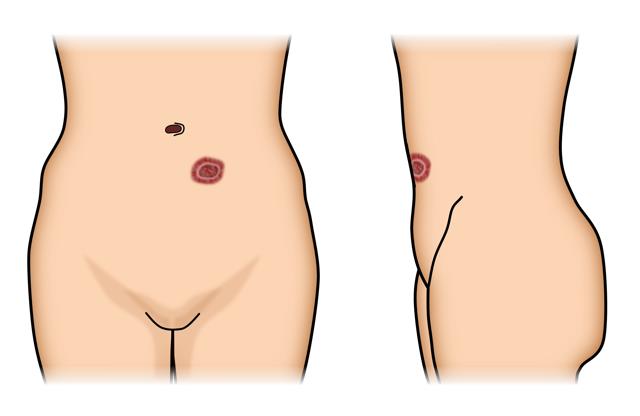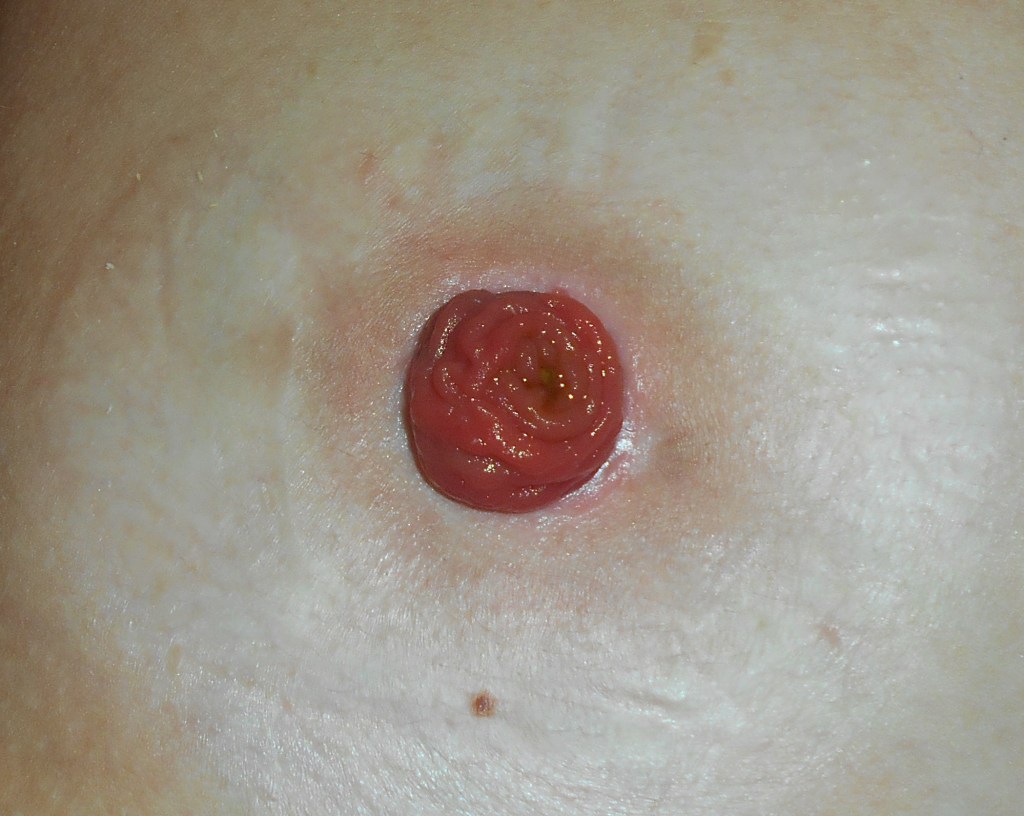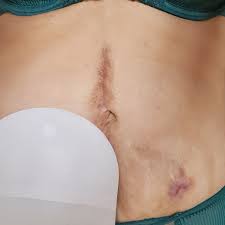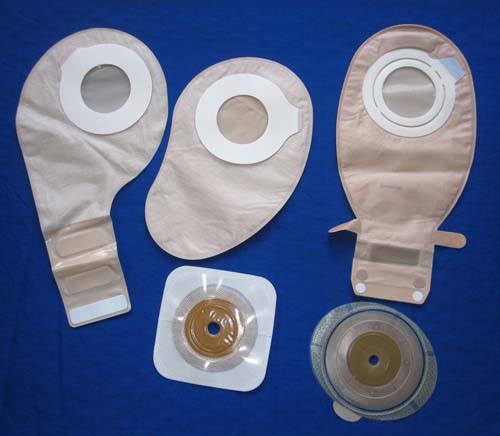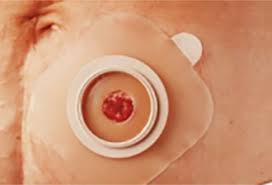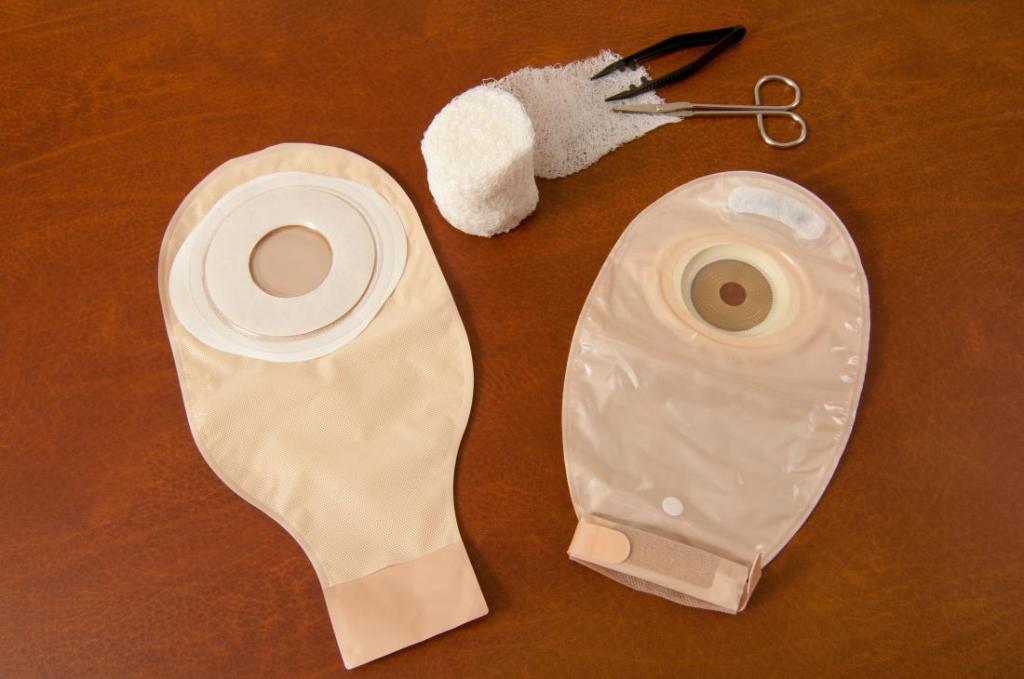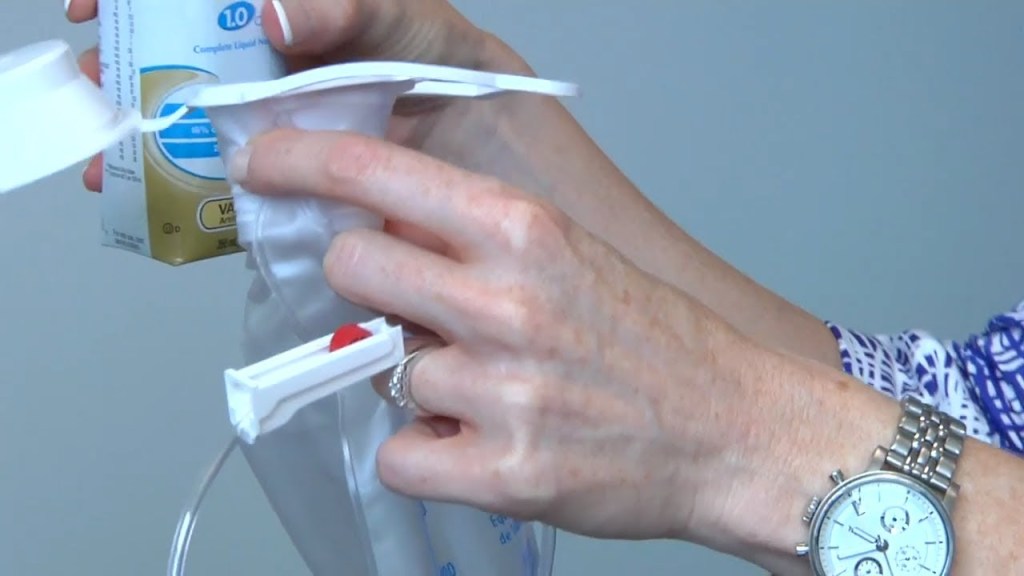A surgery will make you feel anxiety and fear, and you may wonder if you’ll be okay. But ileostomy surgery can be a great way to improve your quality of life too.
It is a surgery that takes part of the colon and the small intestine, and has it exit out of the wall of the abdomen, so that the fecal matter is then directed out of the anus. There are various different kinds of ileostomy surgery that you can get.
They can be reversable too.
Types of Ileostomies
There are different kinds of ileostomies too.
First you’ve got the brooked or standard ileostomy, which is usually the most common, and it is where the stoma gets created by turning the ileum over itself, similar to how you fold cuffs on clothing. It’s then sutured directly towards the abdomen, and the waste is then a paste or a liquid consistency, and then it moves out of the stoma.
The second is continent, and this one doesn’t involve wearing appliances, where the make a valve and reservoir within the abdomen. You drain the waste with a catheter in order to drain this, and a cap is then worn over. this is usually done for UC or cancer.
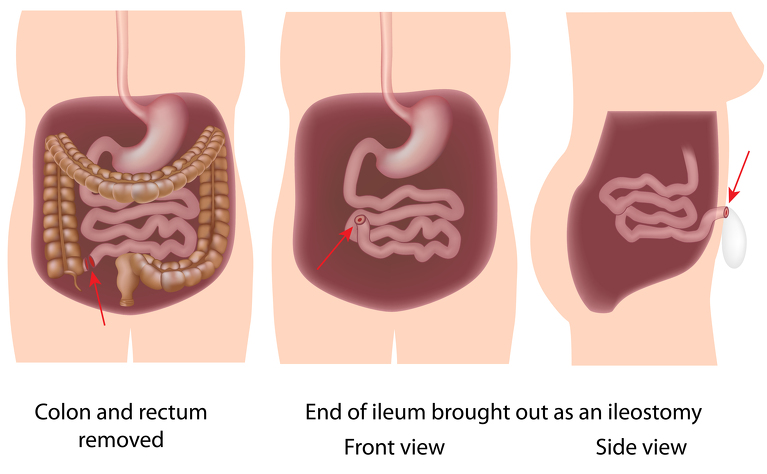
Finally there is the J pouch, which of course is a surgery that involves a reservoir made from the ileum that’s terminal, and it then makes a reservoir that’s kind of in the shape of the letter J. from there, part of the rectum and anus or all of this is preserved, and usually, this is done similar to how the Brooke one then starts. But this is actually more reversible, and the reservoir is then attached to the anus or rectum so that the stool can exit the body itself without needing an appliance that’s external.
What to expect
It’s a surgery that does involve up to a week’s stay at a hospital, and the recovery can be up to 8 weeks depending on the surgery itself.
First, you meet with the ET nurse who will discuss the stoma, the location, and the care for this. They’ll take into consideration the lifestyle you have, the clothes you like to wear, and how you wear these too.
From here you may get tested and get some x-rays as well, and they also will look at the different medications.
You also may need to have your colon prepared, and the goal is to get rid f the stool within the colon. You also may get some antibiotics.
From here, you get surgery, and of course, they’ll be doing this for a few hours. When you wake up, the valve or stoma will be there, and the appliance is there too.
They may have an NG or surgical tube in place too, and there might be a morphine drip towards the legs.
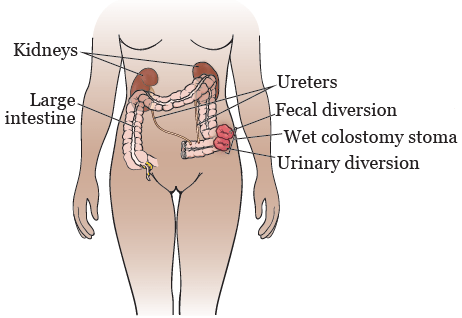
During this point, you’re then at the hospital for the stay, and they will make sure that the bowels do properly recover and heal. They usually give a liquid diet for a bit, and then more solid options over time. Usually, it’s pretty simple to recover, and there are follow-up appointments that come with this.
That’s the extent of the surgery, and in a lot of cases, it can be a good one for you to get. The recovery is not that long either, and it can markedly improve your life, especially if you suffer from major diseases including cancer and the like, and you need to get the help that you deserve for this process too.

